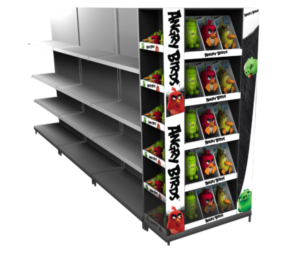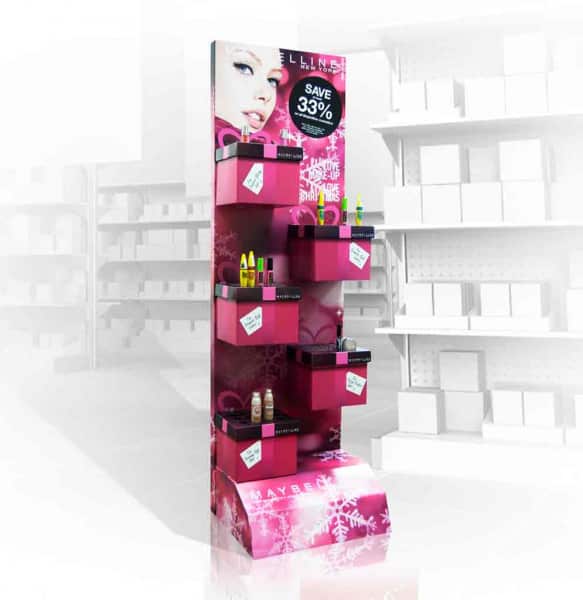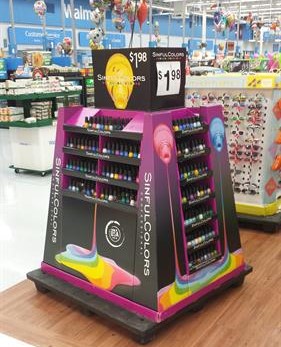Home » Reducing Freight Costs with POP Displays
Reducing Freight Costs with POP Displays
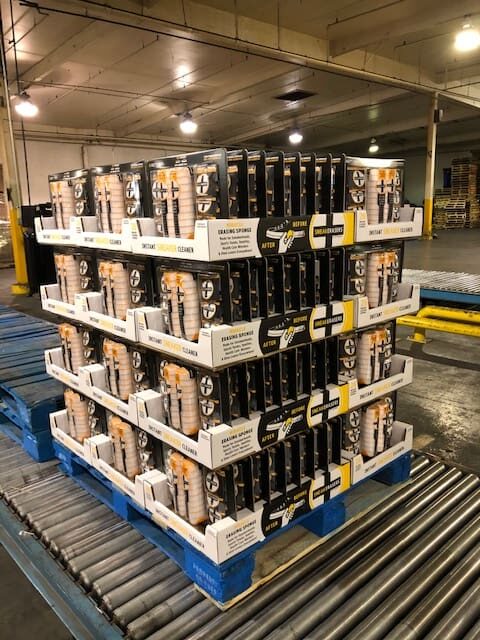
Freight is one of the largest cost drivers in retail packaging programs. Point-of-purchase (POP) displays that look impressive on the floor may be inefficient to ship, leading to wasted space, higher freight charges, and reduced margins. By designing POP displays with logistics in mind, brands can reduce transportation costs without sacrificing retail impact.
Why Freight Costs Matter in POP Programs
Shipping inefficiency adds up quickly across high-volume campaigns. Displays that do not cube out effectively—or require excessive protective packaging—cost more to move and handle. In some cases, freight expenses outweigh the cost of the displays themselves.
Designing POP Displays for Shipping Efficiency
- Flat-pack design: Displays that ship knocked down reduce cubic volume.
- Right-size engineering: Minimize excess corrugated or void space.
- Lightweight materials: Reduce overall shipping weight.
- Stacking strength: Displays must withstand compression during pallet transport.
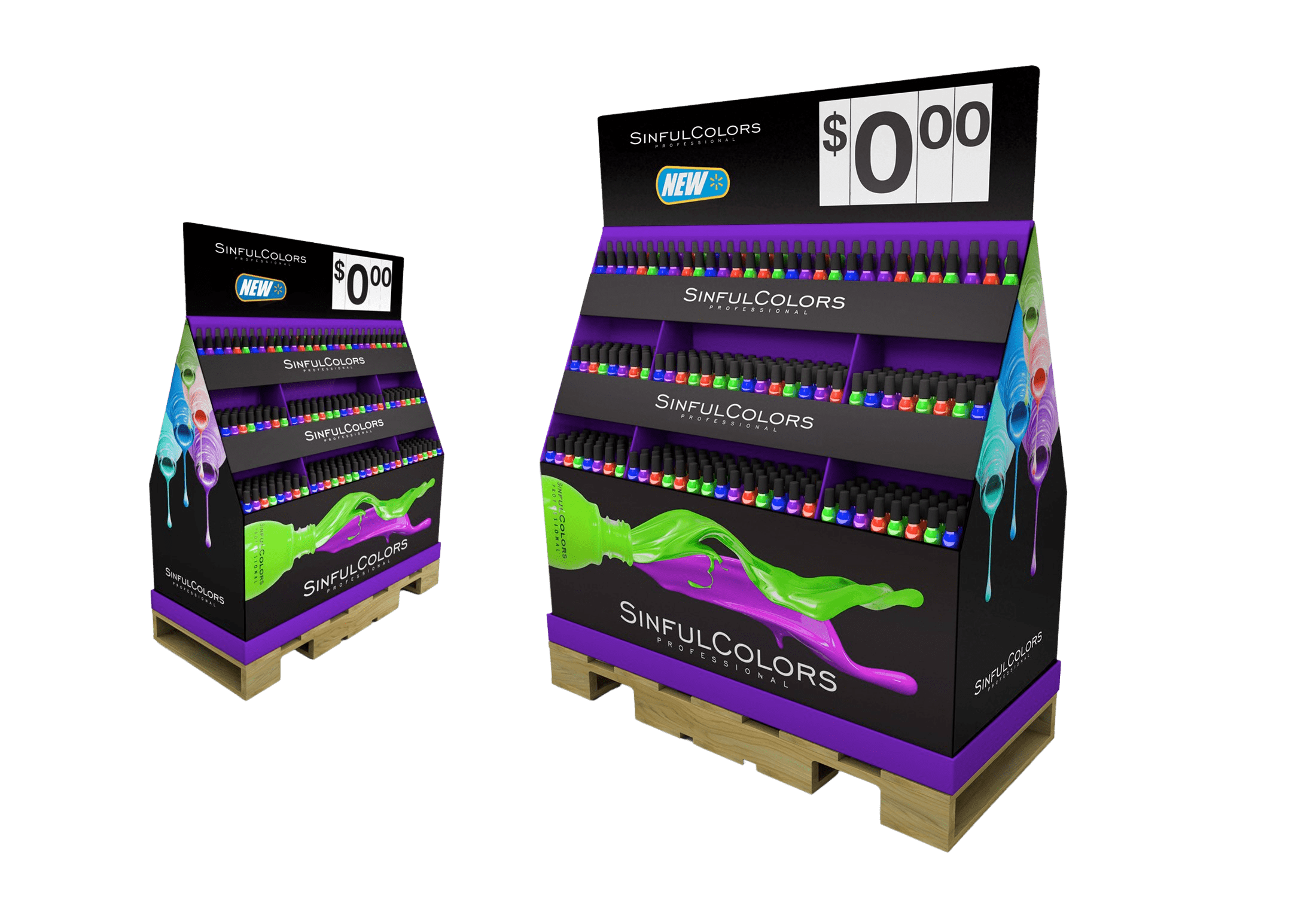
Balancing Shipping and Retail Needs
Designers must ensure that cost savings on freight do not compromise in-store performance. Best practices include:
- Testing displays for stability after flat-pack assembly.
- Using reinforced corrugated grades where stacking is required.
- Designing displays that integrate seamlessly with pallets.
- Coordinating with logistics teams early in the design process.
Examples of Freight-Efficient POP Displays
- Club store pallet displays: Engineered for direct-to-floor placement.
- Seasonal promotions: Lightweight designs shipped compactly in bulk.
- Floor stands: Collapsible displays that expand on-site without excess packaging.
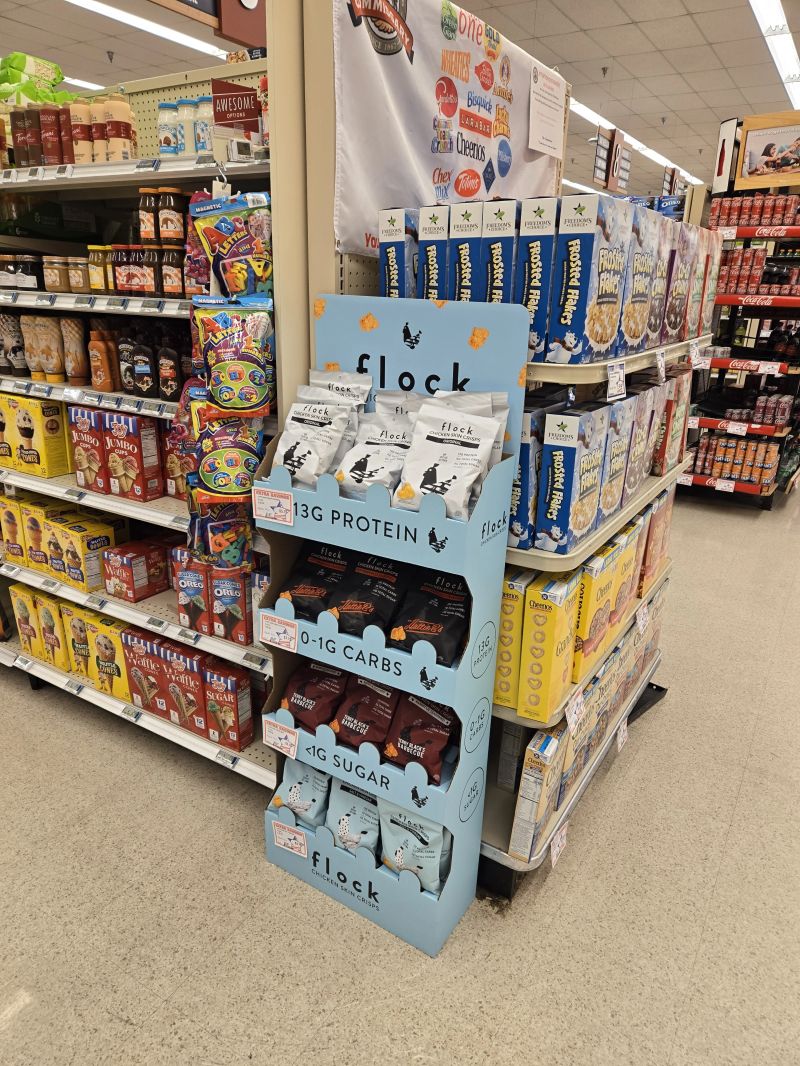
POP Display Solutions with Brown Packaging
Brown Packaging designs POP displays that balance retail impact with freight efficiency. Our solutions reduce logistics costs while ensuring displays perform as intended in-store. Contact us to explore freight-efficient POP display options.
References
Shop! Association. (2021). Best Practices for In-Store Marketing and POP Displays. Retrieved from https://www.shopassociation.org
Soroka, W. (2009). Fundamentals of Packaging Technology (4th ed.). Institute of Packaging Professionals.
ASTM International. (2023). ASTM D4169: Standard Practice for Performance Testing of Shipping Containers and Systems.
As tariff changes reshape global trade, packaging buyers moving production from China to the U.S. or nearshore regions face a new challenge: supplier qualification. Transitioning supply doesn’t end once a
With new tariff proposals and continued trade uncertainty, 2026 is shaping up to be another pivotal year for packaging sourcing strategy. Many companies that shifted production away from China in
Following multiple rounds of tariff changes and trade policy adjustments, 2026 marks a turning point for U.S. packaging buyers. Many who previously transitioned from China to domestic or nearshore suppliers
Shifting packaging production from China to the U.S. can help stabilize costs, reduce tariff exposure, and shorten lead times. But the transition process requires careful planning. For packaging buyers, the
Home » Reducing Freight Costs with POP Displays


